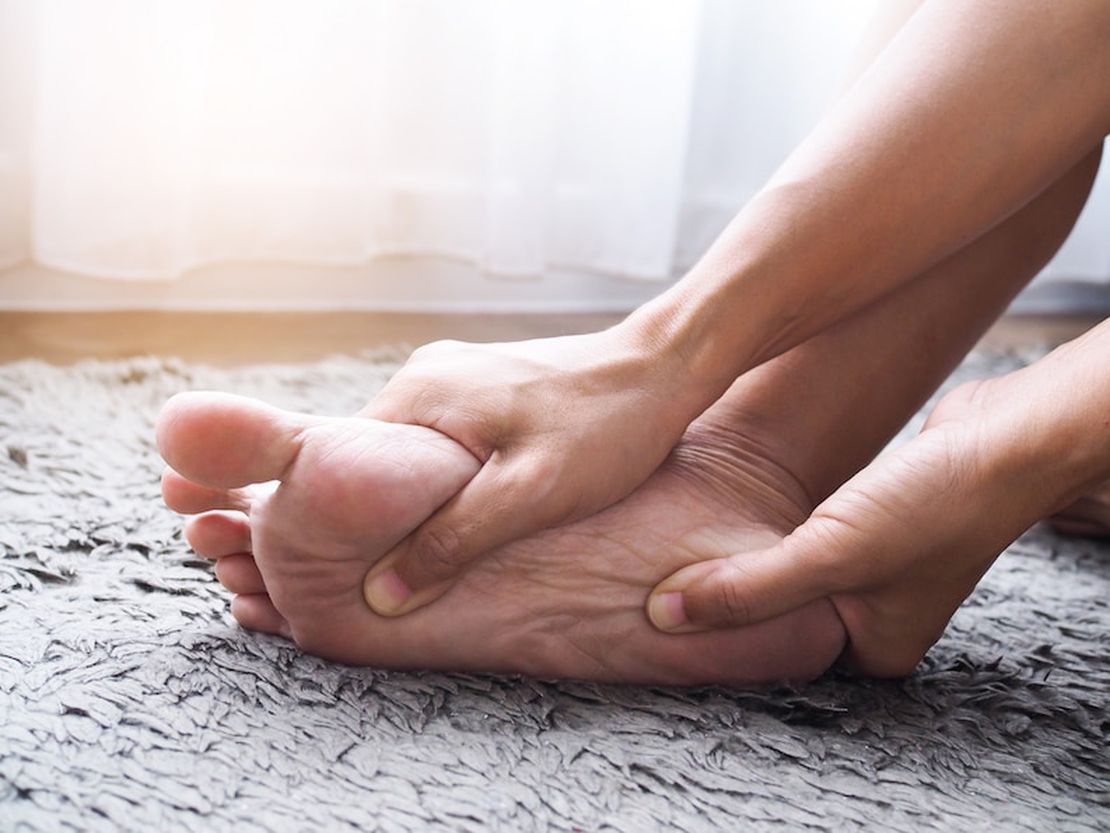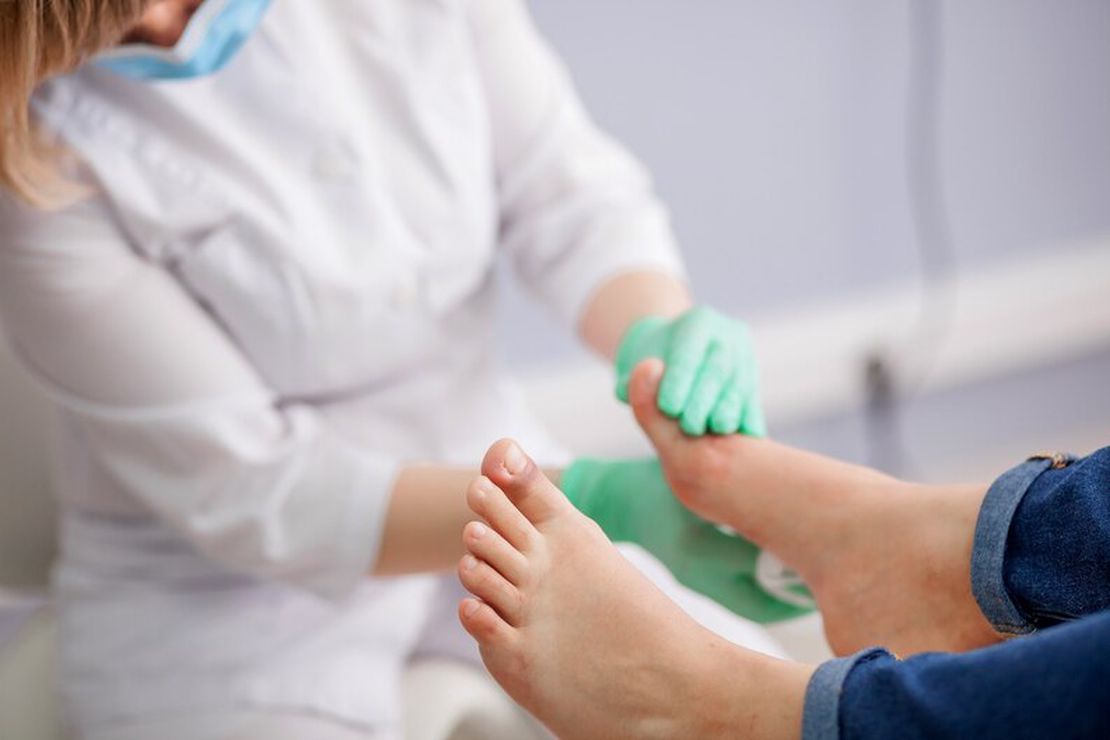Diabetic foot and Burger’s Disease are two important health problems that can occur due to diabetes and lead to serious complications. Diabetic foot is characterized by loss of sensation, wounds, and increased risk of infection in the feet due to nerve and vascular damage caused by diabetes. Burger’s Disease is a vascular disease that occurs especially in individuals who smoke, characterized by inflammation and blockage of blood vessels. In both diseases, wound care and proper treatment methods are of great importance in improving the patient’s quality of life and preventing complications.
What are Diabetic Foot and Burger’s Disease?
Diabetic foot is the increased risk of developing wounds, ulcers, and infections in the feet due to damage to nerves (neuropathy) and blood vessels (angiopathy) caused by long-term high blood sugar levels in diabetic patients. Burger’s Disease (Buerger’s Disease) is a chronic vascular disease that usually occurs in young men and smokers, characterized by inflammation and blockage of blood vessels in the hands and feet. In both diseases, wound healing becomes difficult and the risk of infection is high.
Why is Wound Care Important in Diabetic Foot and Burger’s Disease?
Wounds associated with diabetic foot and Burger’s Disease can lead to serious complications such as infection and gangrene. Therefore, wound care is vital for preventing infection, rapid wound healing, and preventing limb loss. Proper wound care improves the patient’s quality of life and reduces hospitalization rates.
The Importance of Quitting Smoking
One of the most important steps in the treatment of Burger’s Disease and diabetic foot is quitting smoking. Smoking causes narrowing of blood vessels and reduced blood flow, accelerating the progression of both Burger’s Disease and diabetic foot wounds. Quitting smoking improves blood circulation, supports wound healing, and slows the progression of the disease.
Wound Cleaning and Regular Care
Regular and hygienic cleaning of wounds associated with diabetic foot and Burger’s Disease is a critical step to reduce the risk of infection. The wound should be gently cleaned with warm water and mild antibacterial soap, then covered with sterile gauze or dressing. Regular changing of the dressing speeds up the wound healing process. Additionally, the skin around the wound should be kept moist and cracks should be avoided.
Reducing Pressure and Choosing Appropriate Footwear
To speed up wound healing, it is necessary to reduce factors that put pressure on the wound. In diabetic foot patients, especially if there are wounds on the feet, orthopedic and soft-soled shoes should be preferred. Tight shoes and walking barefoot should be avoided. Patients with Burger’s Disease who have wounds on their hands should avoid overusing their hands. Reducing pressure helps the wound heal comfortably.
The Role of Healthy and Balanced Nutrition
Nutrition is very important for healthy healing of wounds caused by diabetic foot and Burger’s Disease. Protein-rich foods (eggs, fish, chicken, red meat) contribute to the formation of tissues necessary for wound healing. Fruits and vegetables rich in vitamin C, zinc, and iron strengthen the immune system and speed up the healing process. Additionally, carbohydrate intake should be monitored for blood sugar control.
Foot Care and Daily Checks
Diabetic foot patients should check their feet daily and observe for cuts, redness, swelling, or wounds. Toenails should be cut straight, skin should be kept moist, and feet should be kept dry to prevent fungal infections. Paying attention to foot hygiene reduces the risk of infection.
Doctor Supervision and Personalized Treatment Plan
Care of wounds caused by Burger’s Disease and diabetic foot should be done under the supervision of a healthcare professional. Your doctor may recommend antibiotics, wound care products, or surgical intervention depending on the condition of the wound. Additionally, medication adjustments may be made for blood sugar control in diabetic foot treatment. A personalized treatment plan speeds up the healing process and prevents complications.
Frequently Asked Questions (FAQ)
How does diabetic foot wound heal quickly?
Blood sugar control, regular wound care, appropriate shoe selection, and healthy nutrition are very important for rapid healing of diabetic foot wounds. Additionally, avoiding smoking and following doctor’s recommendations is necessary.
Does Burger’s disease completely heal?
Burger’s disease is a chronic vascular disease. Quitting smoking slows the progression of the disease and reduces the risk of complications. Symptoms can be controlled with treatment.
Which doctor should be consulted for diabetic foot and Burger’s disease?
For diabetic foot and Burger’s disease, endocrinology, vascular surgery, or diabetic foot clinics should be consulted.
What can be done at home for wound care?
Wound cleaning, sterile dressing, foot hygiene, and appropriate nutrition are the main methods that can be applied at home. However, it should definitely be under doctor supervision.
Conclusion and Recommendations
Care of wounds associated with diabetic foot and Burger’s Disease is of great importance in improving the patient’s quality of life and preventing serious complications. Quitting smoking, regular wound care, reducing pressure, healthy nutrition, and doctor supervision are fundamental steps for an effective healing process. Remember, each individual’s condition is different; therefore, you should not apply any treatment or care method without consulting your doctor. With early diagnosis and appropriate treatment, the chance of healing wounds associated with diabetic foot and Burger’s Disease is high.
For more information about diabetic foot, Burger’s Disease, wound care, and treatment, you can visit our blog page or consult our expert doctor. We wish you healthy days!




